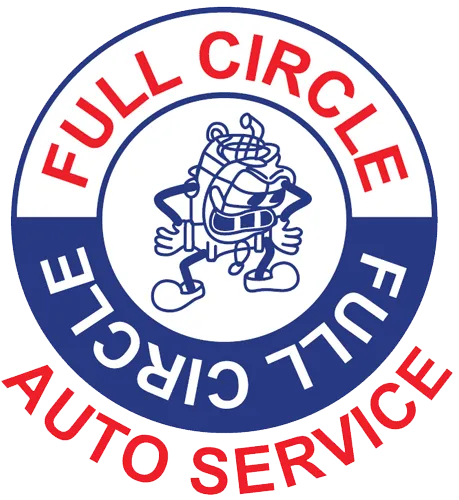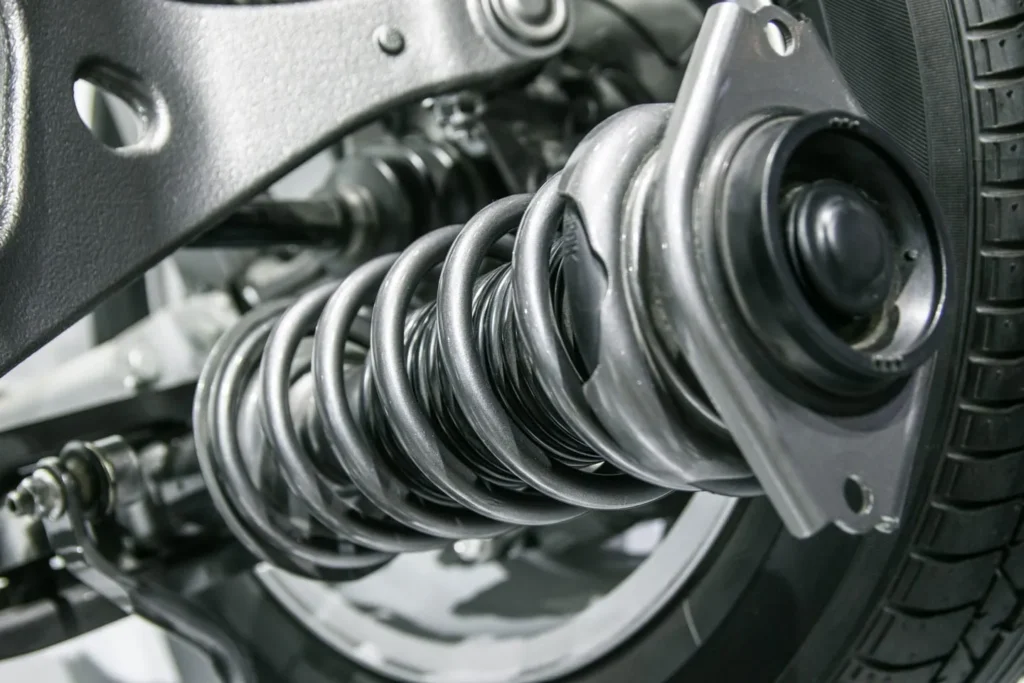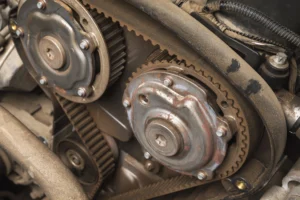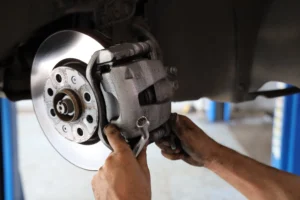What Are the Symptoms of Bad Shocks and Struts?
It’s not always easy to tell when your shocks and struts are starting to go bad. It’s something that tends to happen gradually, without any immediately obvious signs, and there aren’t any clear time or mileage milestones for when replacements are due.

Consequences of Driving with Bad Shocks and Struts
To put it simply, shocks and struts help compensate for shifts in your car's weight, and keep tires firmly in contact with the road. In short, good shocks and struts help your car deal with bumps, potholes, quick stops, sharp turns, and other sudden interruptions of normal driving.Without good shocks and struts, other parts of your car, especially tires and vehicle suspension, have to deal with that weight and strain instead, and can become overworked. Bad shocks and struts also affect your car's electronic safety system, and its ability to deal with sudden stops and avoid crashes.
Symptoms of Bad Shocks and Struts
Luckily, there are some telltale signs of bad shocks and struts. Keep an eye out for these signs, and you’ll have a good idea of when things are starting to go downhill.
- A scalloped or scooped pattern on tires (also known as “cupping”)
- A rougher ride, even on smooth roads
- Delayed stopping distance
- Body or suspension hitting the ground (“bottoming out”) when driving on a slant, like a parking garage ramp or driveway
- Diving of the front end while braking, and/or squatting of the rear end while accelerating
- Body roll, noticeable through a feeling of the car “leaning in” to turns; this is especially a bad sign if it is noticeable even on slight turns
- Unusual sounds, like a knocking sound indicative of bottoming out, or a bouncing noise indicative of tire scalloping
- Noticeable veering or swerving caused by mild side winds; normally, shocks and struts should be able to compensate and keep the car steady
- Greater-than-usual vibration in the steering wheel, even on smooth roads
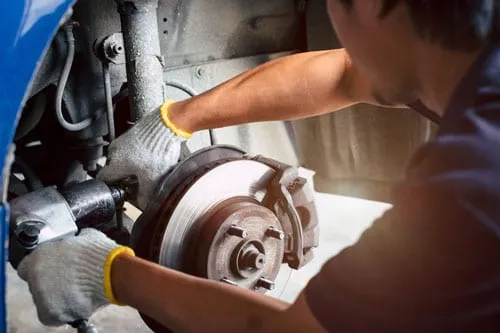
Dealing with the Problem
If you notice one or more of the above signs, it may be time to bring your vehicle to an auto repair shop in the Shiloh, IL area to your shocks and struts checked and, if necessary, replaced.
Even if you don't notice any of these signs, it's a good idea to have them checked anyway every 12,000 miles or so, just in case.
